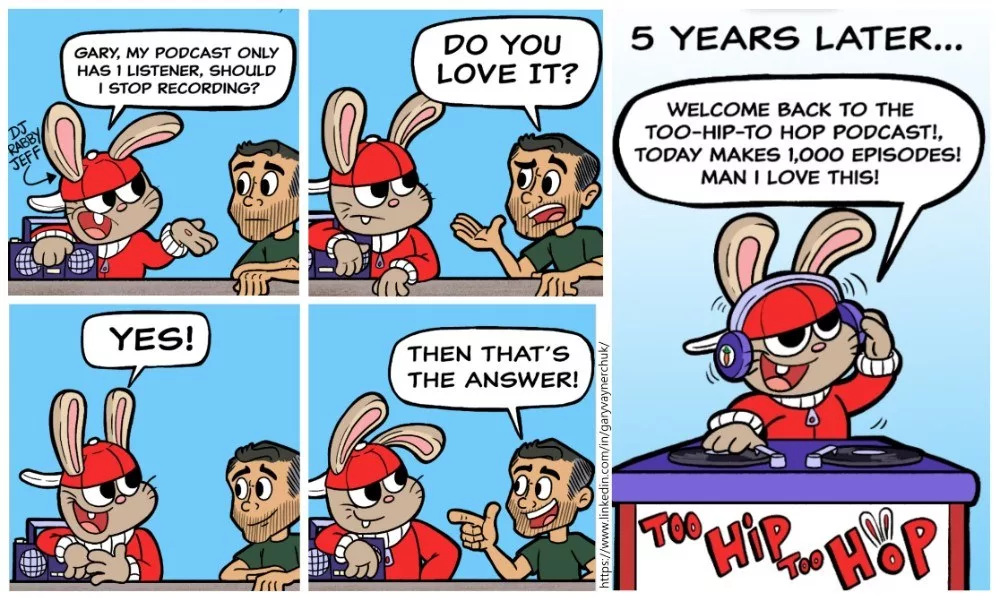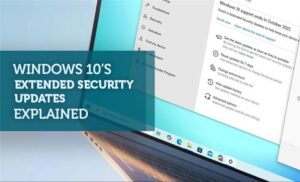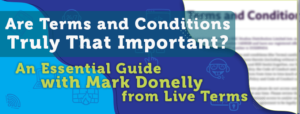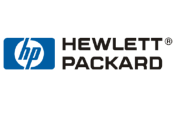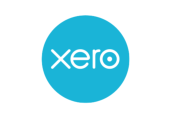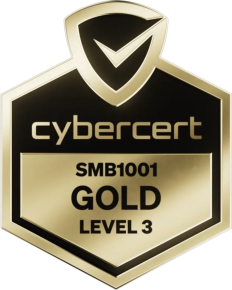People are listening to podcasts even before, so setting up a podcast is a great way to build a connection with your targeted audience. Aside from the connection that you can make through social media, podcasts will allow you to engage with unique long-form content. The first thing you have to do is to come up and develop a podcast concept. Although the topics may vary, choosing your podcast name, format, show length and fundamental questions to be asked are necessary. The most important question you also have to ask yourself for is, “Why am I starting a podcast?”. The core values and purpose of establishing your own podcast will sustain it for the longest time so in this episode, Joshua Lewis shares some tips on how to set up your own podcast.
G’day beautiful people. We’re going to be talking today about how to make a podcast. It’s kind of like inception, I guess. You’re on a podcast, listening to a podcast, wanting to be understanding more about how to make your own podcast. We’re going to start with the simples.
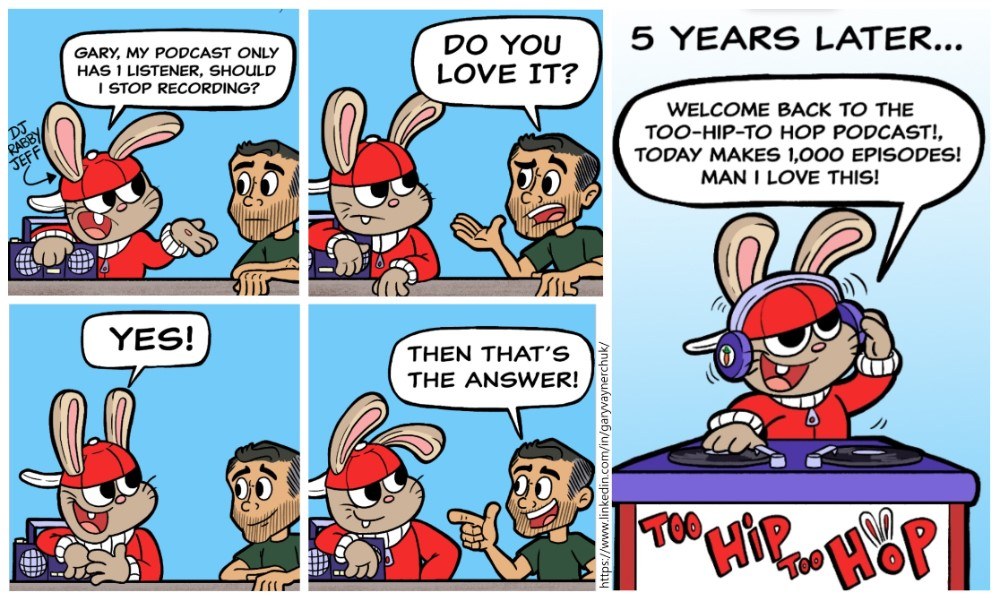
Get a Good Microphone
To start off with, you want to get a good quality microphone. A Rode smartLav+ mic in Australia goes for about a hundred dollarydoos, and it would be by far fine enough. If you’re lucky enough to have one of those phones that still have a headphone jack, whew. You’re in. You’re ready to go. All you need to do is just plug this mic in, and download a couple of cool apps. It’s going to speed your process up.
Otherwise, if you don’t and you only have a USBC port, or whatever Apple is calling their latest port nowadays, you’re going to need to get just a small adapter to plug that microphone in. You don’t want to go with any of the other stuff. This is a good quality microphone that’s been tried and tested for years. I’ve travelled all around the world using it, and it works really, really well for the price. If it breaks, you’re not too worried. You got to go buy another one.
Don’t go buy a $300, $400 microphone thinking that you’re going to be having the next big podcast and then think, “Bugger. I’ve invested all that money into something that I don’t need.”
Just Start Making Episodes
Start. That’s the biggest thing, learn to start. Start. Procrastination will slow down your progress. Just start and see what happens. That’s how this podcast started, and it’s going really, really well. To start, create a podcast. Have a good quality microphone. Download an application on your phone that records the audio, where you can set the bit rate. I’d be suggesting 44 kilohertz or above 48 kilohertz is fantastic. If you’re able to set that and record in an app that allows for it to transfer straight to your computer. That’s great. For Android devices, it will send straight up to Dropbox and go into a folder which you can then have Zapier or other things hit off from that to then trickle through to everyone else, it makes the process quite easy. Now, you know how you’re getting the words out of your mouth into the phone in a good quality way, and then from your phone onto the computer.
You Can Edit It Yourself
The next step is editing. When it comes down to editing, free is always best in my opinion, you can get some great tools out there. I’m saying that with an audio engineering degree behind me, being very familiar with pro tools and the like. Audacity is going to get you out of trouble 99.9% of the time. Audacity’s going to be the way to go. Very easily chop and change, and look at YouTube videos that are out there on how to use Audacity. It’s simple, it’s quick, it’s easy, and it’s free. Audacity would be the way to go to edit the video, edit the podcast.
IT doesn’t have to be expensive. If you’re starting a business and need reliable IT support and services, fill out the form to learn more about $1 IT services.
Use Libysn to Host Your Podcast
Once you’ve done that, you then need to have a medium to be able to upload them to. There are, again, a few different free sites out there. This is one that I wouldn’t be skimming on, but we use a site called Libsyn. That’s Liberated Syndication, and it’s set at $5 US a month or something like that for the entry-level pack. It’s very, very cost-effective. It gives you unlimited data storage just limited to how many episodes you upload a week. And on that, when you’re uploading the episodes, uploading them as MP3 CBR, which is the constant bit rate, 128 bits per second. It’s going to be more than fine for 99.9% of the audience. If you know what that means, those bit rate settings, then you might get down into more detail. But otherwise, those settings are going to be fine. It’s going to be CD quality or so, and it’s going to sound great.
You’ve now got your episode. You’ve now got a platform for them to go on. You need to think about how you’re going to be promoting that out there. Libsyn does some great stuff in a way you’re able to have the episodes sent out to different networks, such as Spotify, and iTunes, et cetera, and you’re able to integrate those very, very quickly and easily. Libsyn … great tool for that. And it gives you some promotions, and you’re able to have that integrated into Twitter, or Facebook to be able to send those instant notifications when something comes out onto their walls for any of your possible listeners.
The Final Word
I’ve spoken about a lot of the technical information around how do you get it from your brain and then out. And I’ve said it very, very quickly. If you have any interest, we can definitely dive further into how to do this. We’re going to jump into episode two, which is going to cover off on how to find content, and content that that works for your audience, and how to niche. If this has been of interest, let me know. Jump across to iTunes, give us some love, send us some feedback. And everyone out there in podcast land, stay good.
[module-379]


